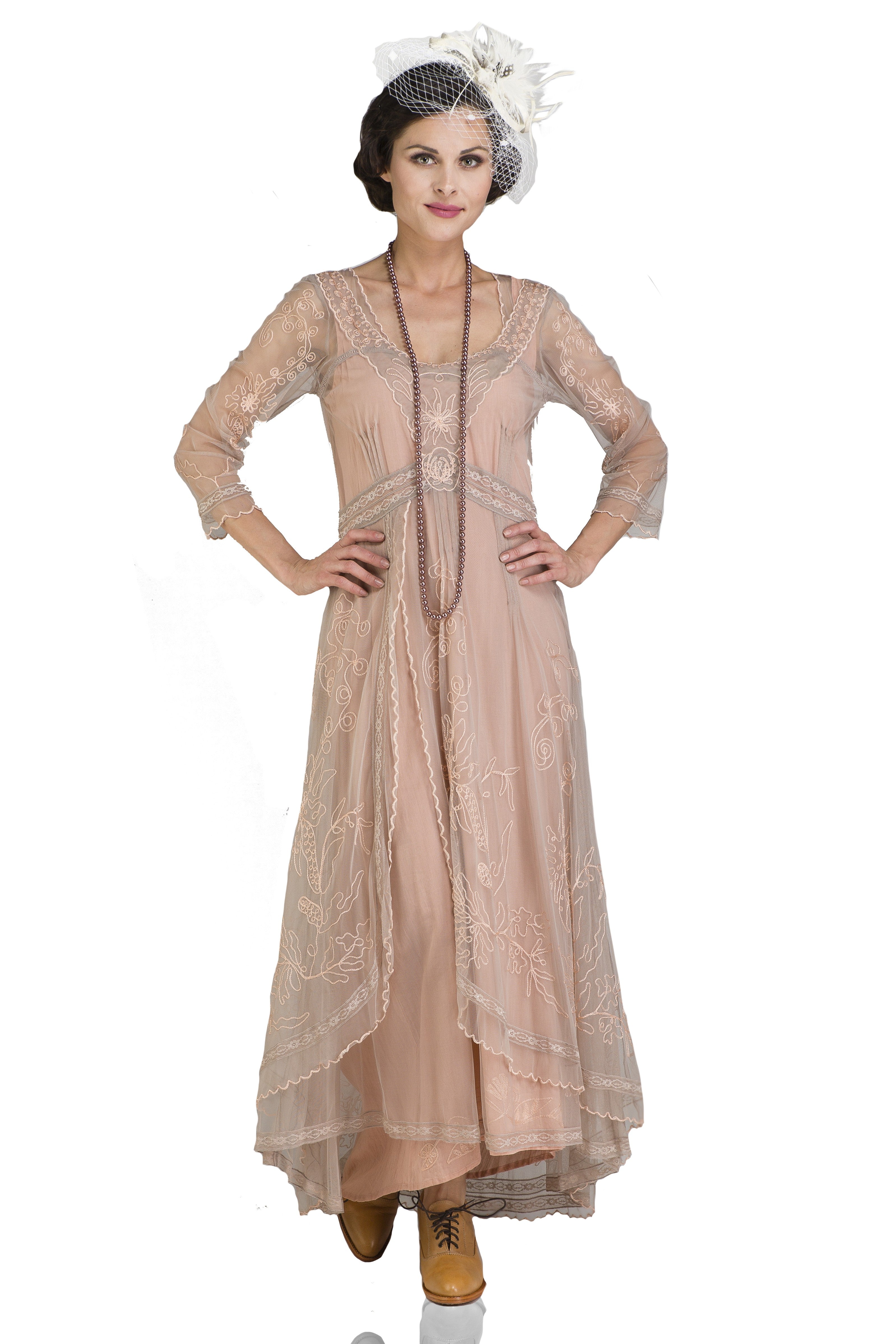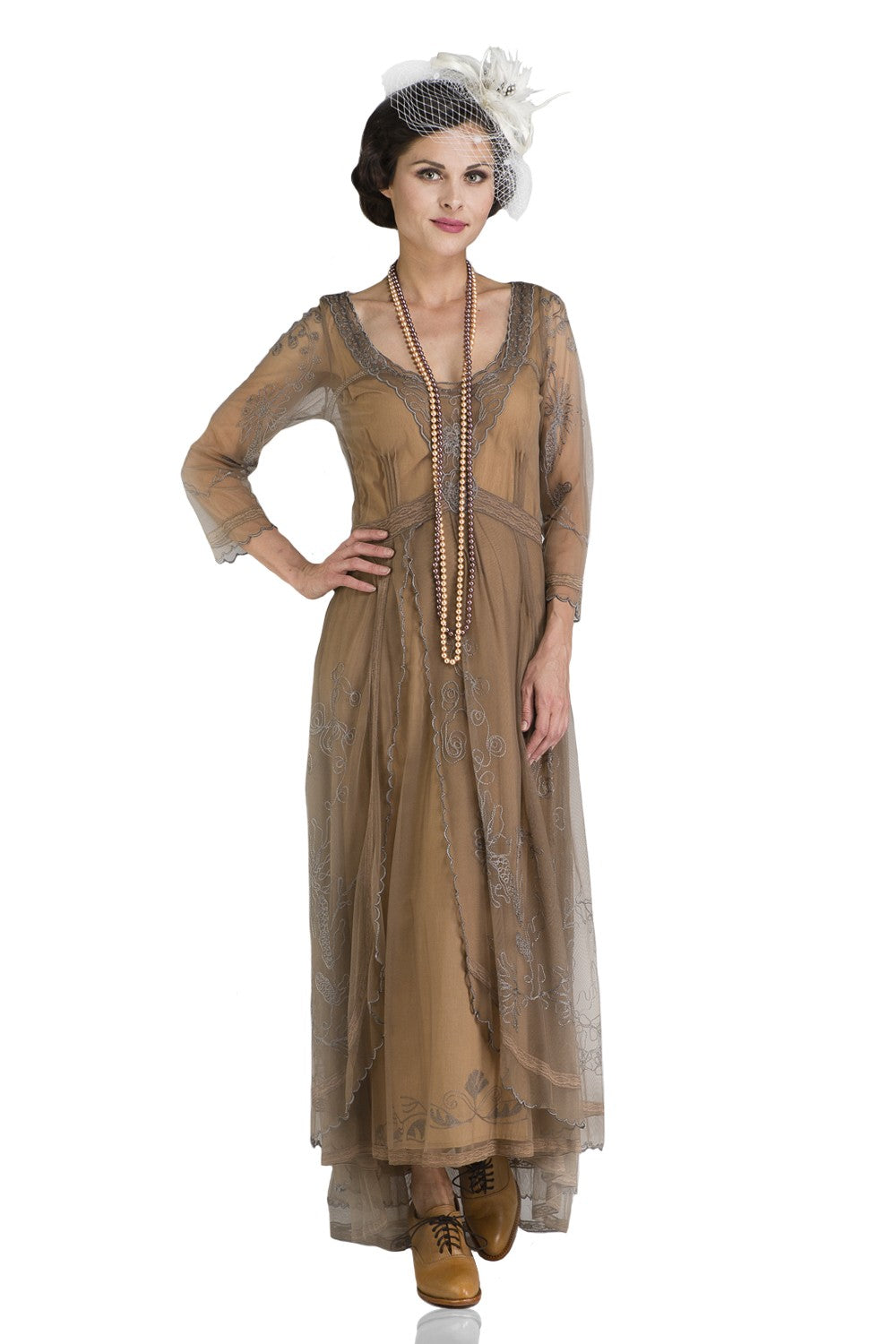Unusual Pets, A Sign Of Class During The Victorian Era
by Karen
Pets were seen as a sign of status and class, and only the most indulgent and extravagant Victorian would claim to keep one by their side. If we’ve learned a thing or two about the Victorians, we know that normal didn't excite them, so it was quite common for them to shelter unusual and exotic pets.
But before we open that Pandora’s box, let’s take a look at how pets came to be an indispensable addition in Victorian — and now, modern — households.
Origin of Animals as Pets in Households

Our predecessors interacted and engaged with animals for thousands of years. Back then, pets were the picture of frivolity, indulgence, and elite extravagance, which explains why only the rich aristocratic ladies could keep them. There was an emotional attachment to pet-keeping although the Victorians expressed it in a different way.
Until the 18th century, keeping a pet was seen as absurd seeing that they were loud, noisy, and annoying. As a result, it isn’t hard to come across a satirical picture of a woman dressed in over-the-top, frivolous attire with a lapdog. Animals were typically expected to earn their keep, but by the 19th-century pets were considered —
An Accepted Part of Domestic Life

In response to the growth of industrial cities, the Victorians started placing emphasis on their homes as an idealized sacrosanct space. Pets became socially acceptable which is very evident from paintings and architecture from that time.
Take the , for example.
It showed a family at the dinner table accompanied by a white horse sticking its head through the open door to be fed and a dog looking up at its mistress.
Byron also kept an exotic pet — a “tame” bear — which he brought to the university and looked after in the stables. Dante Gabriel Rossetti, on the other hand, brought a wombat. As you can see, keeping unusual animals was a status symbol.
However, as we moved towards the end of the 19th century which was the peak of the evangelical movement, pets were —
Used To Cultivate Moral Values and Commitment

The Evangelical religious movement placed emphasis on morality. The cultural climate changed accordingly and parents were expected to bring up moral children.
That was when pets took on a moral value.
Dogs, for example, were said to have virtuous characteristics. They were steadfast, loyal, protective of their masters, and courageous in the face of danger. It’s no wonder that children were encouraged to keep small animals by their side!
Children’s literature and manuals of the time advised children to keep rabbits, birds, guinea pigs, and other small animals to improve themselves and their moral qualities. Pet-keeping came with the expectation that it could help children develop commitment, faithfulness, and caring values. It was seen as something of a character-building exercise, particularly for boys.
But companionship and morality weren’t the only reasons for pet-keeping. Pets were also —
Prized for Their Contribution to Humans

Pedigree dogs were kept as a sign of class and status in elite Victorian homes and were prized for the color and song they brought to the working class culture. On the other hand, cats were kept because they kept the mice and vermin away and rabbits were safety nets — meaning they could be eaten when food was scarce.
These pets were often taken from the wild and sold in markets, but that became less acceptable with an 1870s legislation and changes in the living conditions during the 19th and 20th centuries. By then, pets could —
Enjoy Loving Companionship With Their Humans

The royal family set the tone of pet-keeping.
Queen Victoria, for example, had pets of different breeds during her reign. She was very affectionate towards her pets and her sentiment was echoed by her subjects. She was also familiar with different breed types and their characteristics. The queen thus took comfort in the companionship her pets (often dogs) offered.
The era brought a change in how pets were treated and the modern world that emerged was —
Kinder and Much Gentler in Terms of Animal Welfare

In the 20th century, cats were eventually revered and loved just as much as dogs though this often wasn’t the case in history. For example, cats had a bad rep in Victorian times, and their association with witches didn’t help their case. They were not fed properly and were seen as sly and calculating.
This has changed in modern times. Pets are generally divided into two categories: ones that thrive in spacious environments and ones that don’t mind living indoors. This classification helped people care for their pets in a way that prioritized animals’ health and quality of life.
Emphasis was placed on building relationships with pets. Vet services, companies offering pet food and toys, books that taught you how to care for your pet, and even pet cemeteries grew as a result!
Their significance in our lives was believed to be so important that two sociologists — Harold Bridger and Stephanie White — even argued that the decline of “close-knit” families would cause pets to become more popular with time.
And, if our present situation is any indication, it doesn't seem like they were wrong.
Types of Animals Used as Pets During Victorian Times

If Victorians settled for common pets like dogs and cats, they wouldn’t really be Victorian in spirit, would they? Plus, keeping unusual pets required special attention and care that only the rich could afford.
For the wealthy, keeping an unusual pet on their estate was sensational. Pets were kept and traded in the markets of London and other big cities frequently.
Here are some types of animals that were all the rage during the Victorian era:
Squirrels

Wild squirrels were frequently kept as pets in the Victorian era because people believed they cultivated caring among humans.
However, squirrel owners didn’t get them from pet shops. Back then, you were supposed to catch them yourself — preferably as babies so they’d be easier to tame. This comes as a surprise because squirrels are pretty quick on their feet!
Owls

Harry Potter may have made owl-keeping look cool, but Victorians were the ones who started the tradition. These quaint and affectionate birds could be trained as companions even if their nocturnal habits presented problems.
Luckily, the Victorians didn't give up so easily.
One of the popular tactics at that time was offering it a mouse or beetle as a distraction to help it stay awake.
Badgers

Eurasian badgers had quaint and curious habits. One can even say that their disposition is similar to bears but on a much smaller scale.
It is, perhaps, the most surprising animal to tame because it can burrow out of almost any enclosure. Badgers are great diggers so you’d have to install a cement floor and put up high wire fences to keep them. Their diet consisted of dog food with dried fruits.
Ravens

Ravens, an intelligent species of birds, were hard to find in the wild, but that didn't stop the Victorians from keeping them as pets!
Ravens were typically taken from the nest as fledglings, but pet-keepers could purchase them from the market as well. Once you got a hold of the bird, you were advised to keep it in a large cage or train it so it would roam the garden of its own free will, but come back home to you.
Ravens could clear plants of slugs, but they could also pull up newly sown seeds and spoil everything in sight without adequate training.
Jackdaws

Jackdaws, a member of the crow family, were kept as a popular alternative to ravens. They were often taken from the nest as fledglings to make taming them easier.
Jackdaws were very talkative and you could teach them tricks! You could also make them learn words though their vocabulary was very limited. The words they did learn were used with readiness on every possible occasion.
Monkeys

Monkeys were ornamental, fashionable pets during the Victorian era. However, how the Victorians managed to keep them as pets is a surprise because caring for them wasn’t exactly a walk in the park.
Monkeys could be vicious and spiteful to children and sometimes even adults. Their destructive behaviors grew with them. That is why it was recommended that a whole room be set aside for them. It was also advised to keep them on a light but strong chain to minimize destruction when left to their own devices.
Hedgehogs
Hedgehogs were thought to improve cleanliness which made them a valuable addition to London homes.
How did that add up, you ask?
Well, hedgehogs ate black beetles — a common type of insect that can not only damage food but also fiber products. So, they were kept on the floor in London homes to waddle around and eat troublesome insects to earn their keep.
Conclusion
Victorians were the perfect examples of living large so it was part of their lifestyles to keep exotic pets. Pets were a luxury back then and were seen as ornamental assets. That said, Victorians did show an affinity towards their furry and feathery friends, which explains how the animals went from being objectified to being an indispensable part of their homes.






















Leave a comment